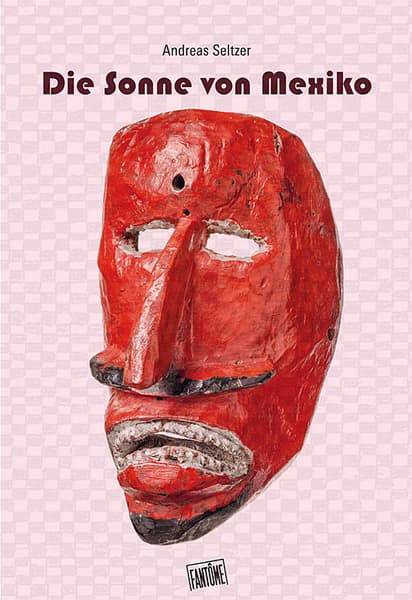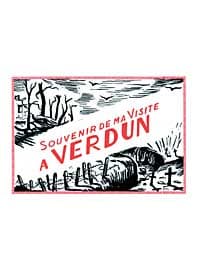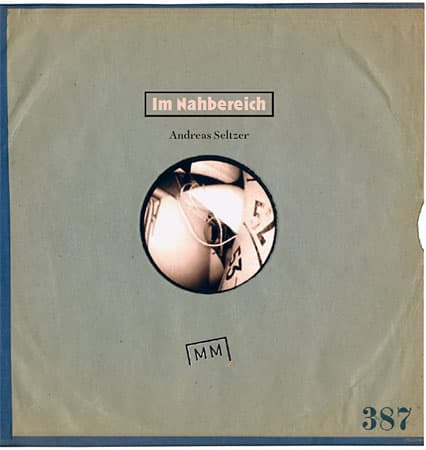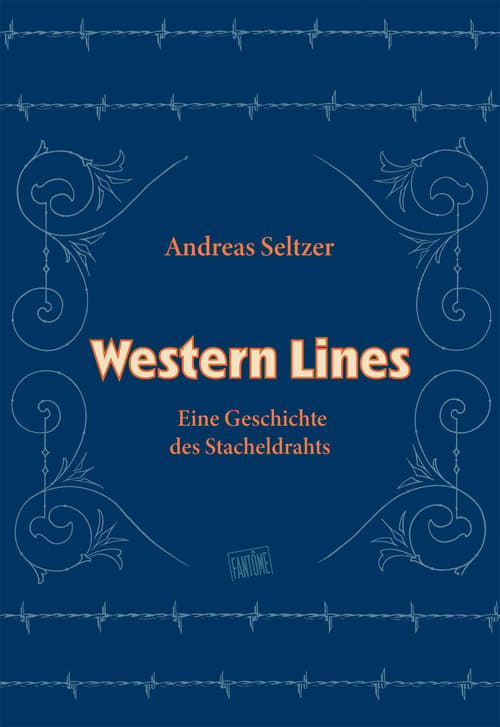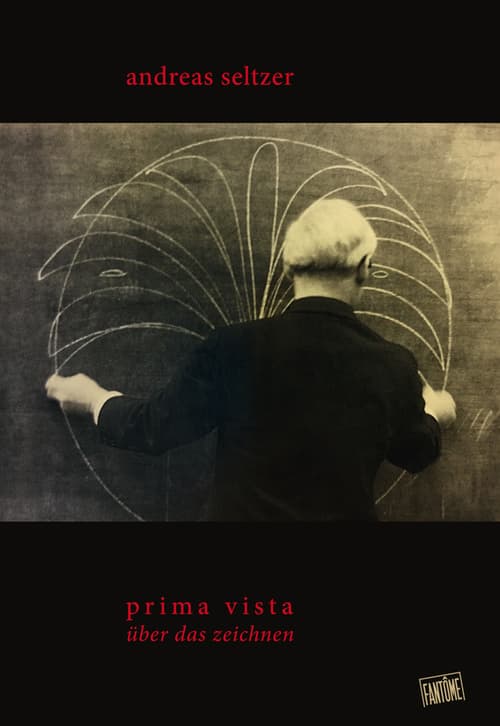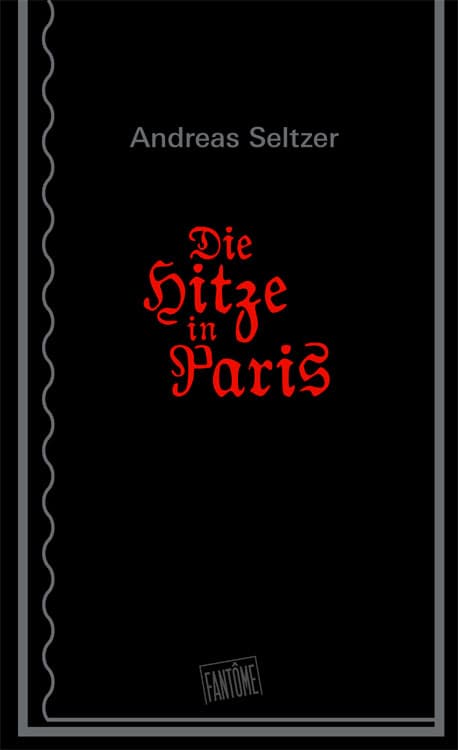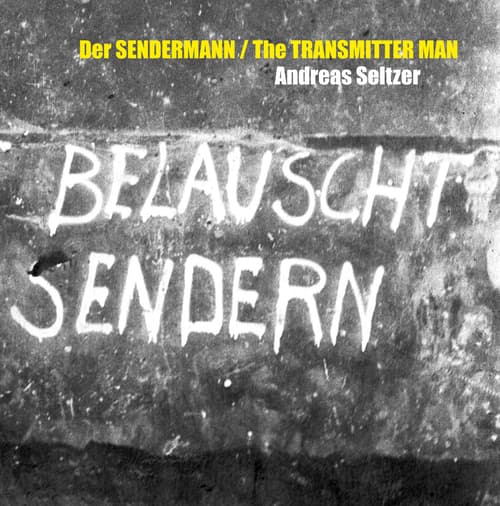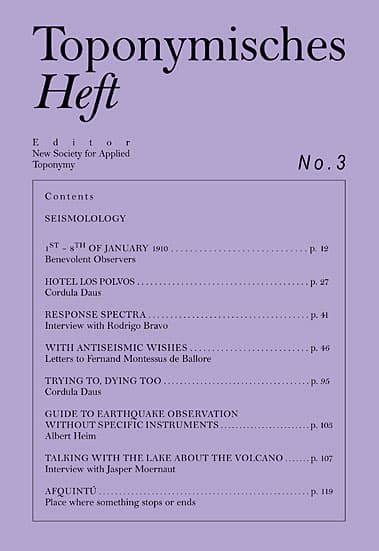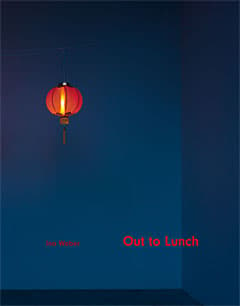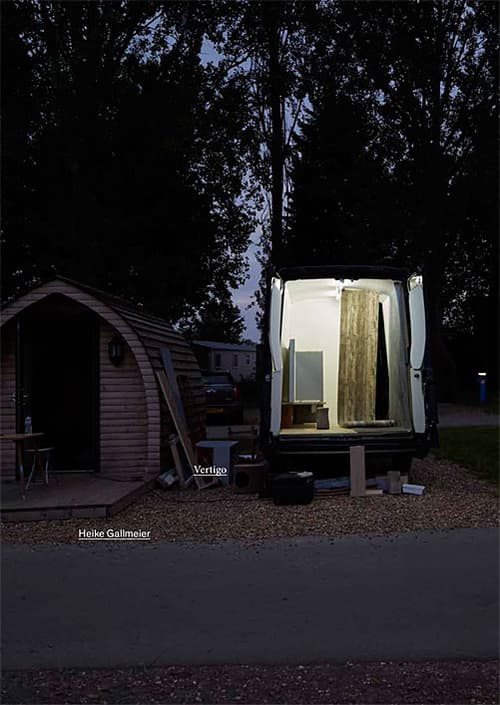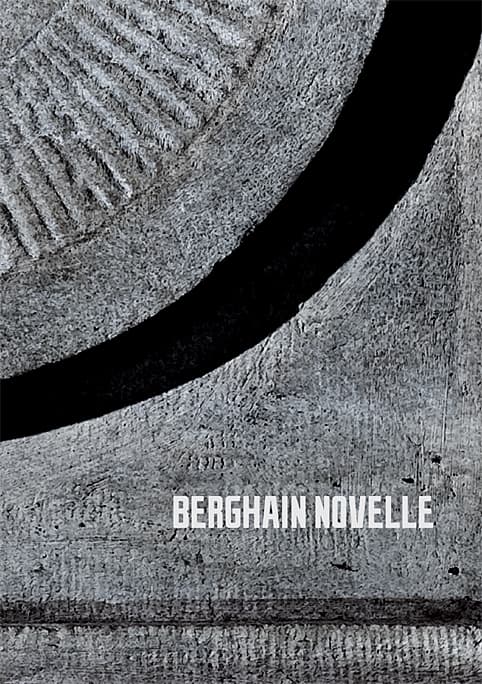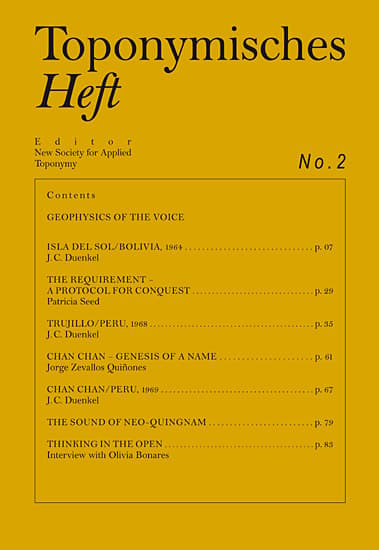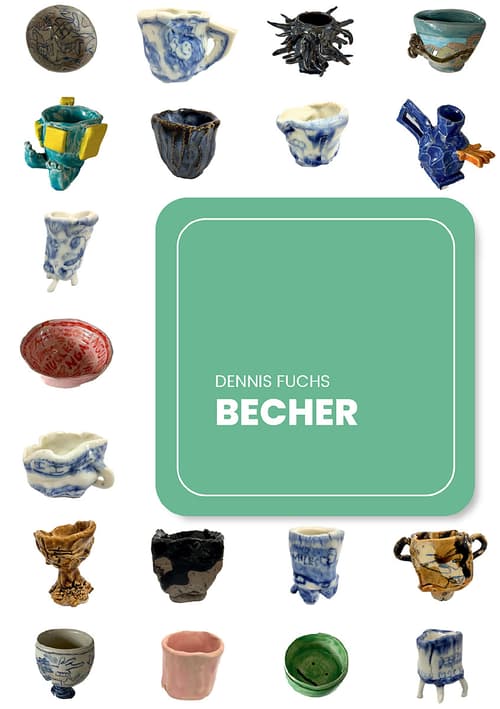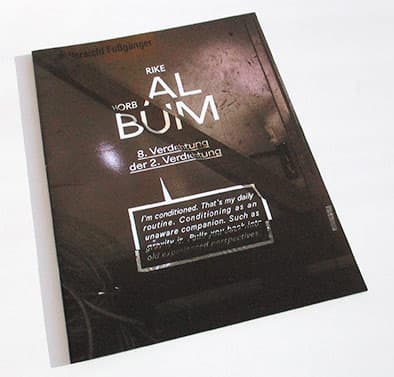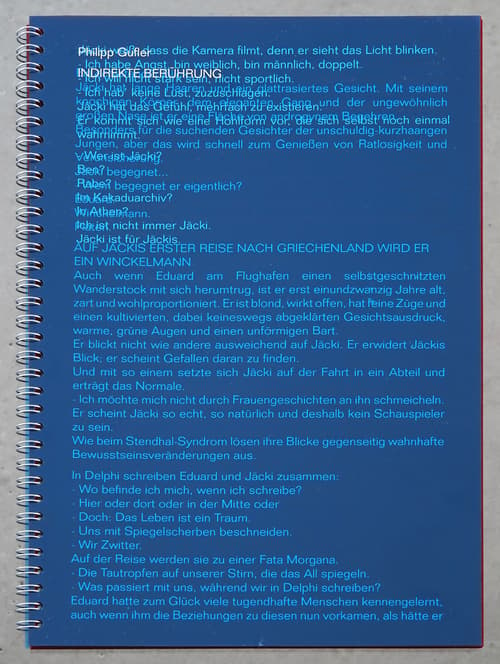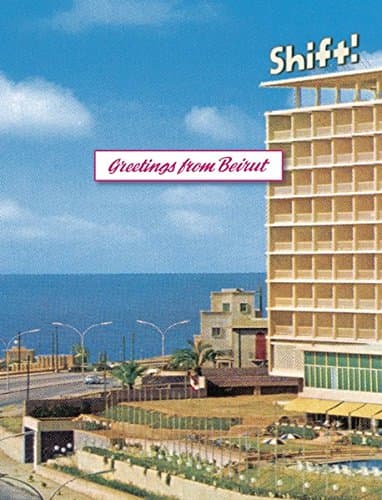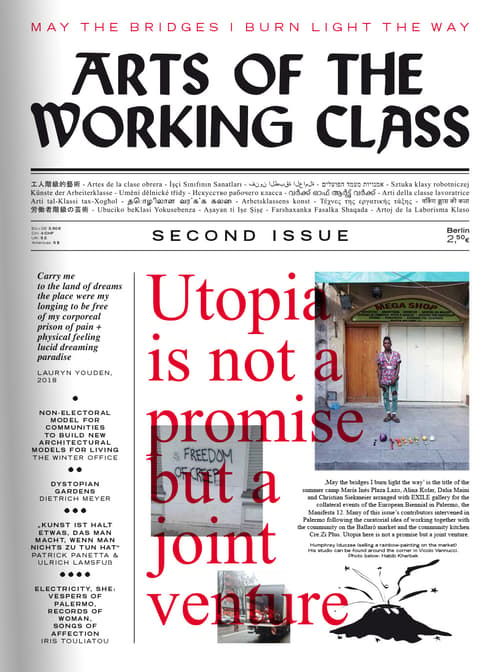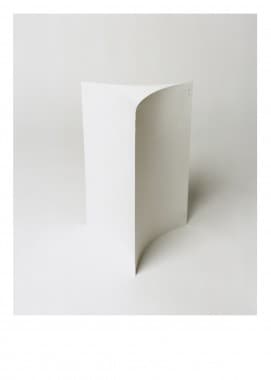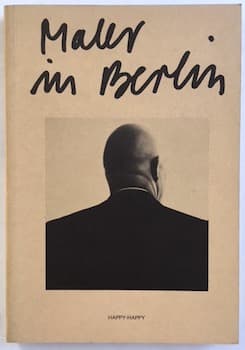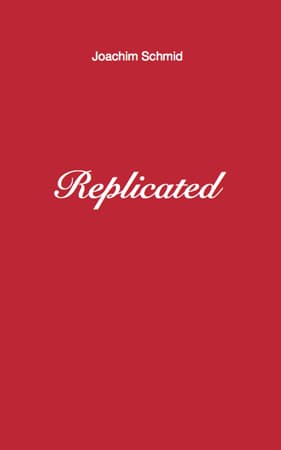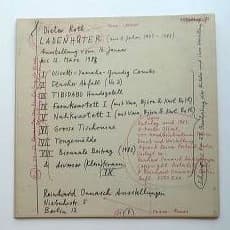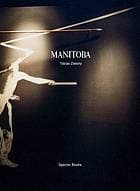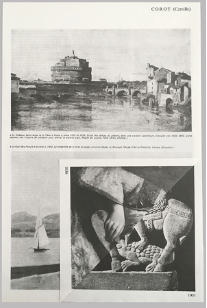Notes
44 pages
Softcover with dust jacket, staple binding
24 cm x 16,5 cm
Text (German/English): Dr. Friederike Wachtel
ISBN 978-3-940999-40-5
Die Sonne von Mexiko (The Mexico Sun)
The title of this series of drawings derives from the name of an inn once situated along Andreas Seltzer’s route to school at Frankfurt am Main.
All the way into the eighties it was a place where boozers, tricks from the nearby brothel lane Breite Gasse, as well as river boatmen dreaming of the grand transatlantic passage met. In formal terms, this series employs the same cartographic regard Seltzer tried out first in his works on Jules Verne’s "Journey to the Center of the Earth" (2006-2012). There he followed the concentric circles leading into the earth’s interior.
Here, however, no longer grotesquely distorted geological layers of the underground, but particles of bodies, and fragments of things, are transformed to hybrid beings, or fractured into near-undecipherable detail. What characterizes the formations thereof is their joy of playing. The densely chequered backdrop they act before operates as a catcher of forms, jumbling together manifold graphic elements and lending them depth. Red, black, grey, and white are the leads here.
They do not follow any pre-determined plan, but act on impulses that are about densification, separation, and dissolution. This results in stories with carnivalesque, with circus traits, stories that speak in riddles, that disguise as puzzle pictures displaying balances or utter clumsiness.
Thus, if all goes well, suspense may come into play, and viewers of these pictures may turn into players.
Text: Dr. Friederike Wachtel
Translation: Johannes Sabinski
---
44 Seiten
Broschur mit Schutzumschlag, Klammerheftung
24 cm x 16,5 cm
Text (deutsch/englisch): Dr. Friederike Wachtel
ISBN 978-3-940999-40-5
Die Sonne von Mexiko
Ihren Namen hat diese Zeichnungsserie von einer Gastwirtschaft, die am Rande des Schulwegs von Andreas Seltzer in Frankfurt am Main lag.
Dort trafen sich, bis in die Achtzigerjahre, Trinker, Bordellgänger der nahen Breite Gasse, aber auch Binnenschiffer, die von der großen transatlantischen Passage träumten. Formal nutzt die Serie den kartografischen Blick, den Seltzer in der Arbeit über Jules Vernes "Reise zum Mittelpunkt der Erde" (2006-2012) erprobte. Dort folgte er den konzentrischen Kreisen, die ins Erdinnere führten.
Hier aber sind es nicht mehr die geologischen Schichten des Untergrunds, sondern Partikel von Körpern und Fragmente von Gegenständen, die, grotesk verzerrt, in hybride Wesen verwandelt oder in schwer entzifferbare Details zersplittert sind. Was deren Formationen charakterisiert, das ist ihre Spielfreude.Der dicht karierte Hintergrund vor dem sie agieren, fungiert als ein Formenfänger, der vielerlei grafische Elemente zusammenwürfelt und ihnen Tiefe gibt. Rot, Schwarz, Grau und Weiß sind da die Hauptakteure.
Sie folgen keinem festgelegten Plan, sondern Impulsen, denen es um Verdichtung, Trennung und Auflösung geht. Daraus entstehen Geschichten, die karnevaleske, zirkushafte Züge haben und in Rätseln sprechen, die sich als Vexierbilder verkleiden, Balancen zeigen oder grobes Ungeschick.
So kann, wenn es gut geht, Spannung ins Spiel kommen und so können Betrachter dieser Bilder zu Mitspielern werden.
Text: Dr. Friederike Wachtel
Publisher Note
Die Sonne von Mexiko (The Mexico Sun)
The title of this series of drawings derives from the name of an inn once situated
along Andreas Seltzer’s route to school at Frankfurt am Main. All the
way into the eighties it was a place where boozers, tricks from the nearby
brothel lane Breite Gasse, as well as river boatmen dreaming of the grand
transatlantic passage met. In formal terms, this series employs the same cartographic
regard Seltzer tried out first in his works on Jules Verne’s „Journey to the Center of the Earth“ (2006-2012). There he followed the concentric circles leading into the earth’s interior. Here, however, no longer grotesquely distorted geological layers of the underground, but particles of bodies, and fragments of things, are transformed to hybrid beings, or fractured into near- undecipherable detail. What characterizes the formations thereof is their joy of playing. The densely chequered backdrop they act before operates as a catcher of forms, jumbling together manifold graphic elements and lending them depth. Red, black, grey, and white are the leads here. They
do not follow any pre-determined plan, but act on impulses that are about
densification, separation, and dissolution. This results in stories with carnivalesque,
with circus traits, stories that speak in riddles, that disguise as puzzle pictures displaying balances or utter clumsiness. Thus, if all goes well, suspense may come into play, and viewers of these pictures may turn into players.
| Publisher |
|
|---|---|
| Release Place | Berlin, Deutschland, Germany |
| Release Date | 2018 |
| Credits |
Writer:
Artist:
|
| Printrun | 300 |
| Original Price | 12.00 € |
| Work | |
|---|---|
| Language | German, English |
| Work Creation Date | 2018 |
